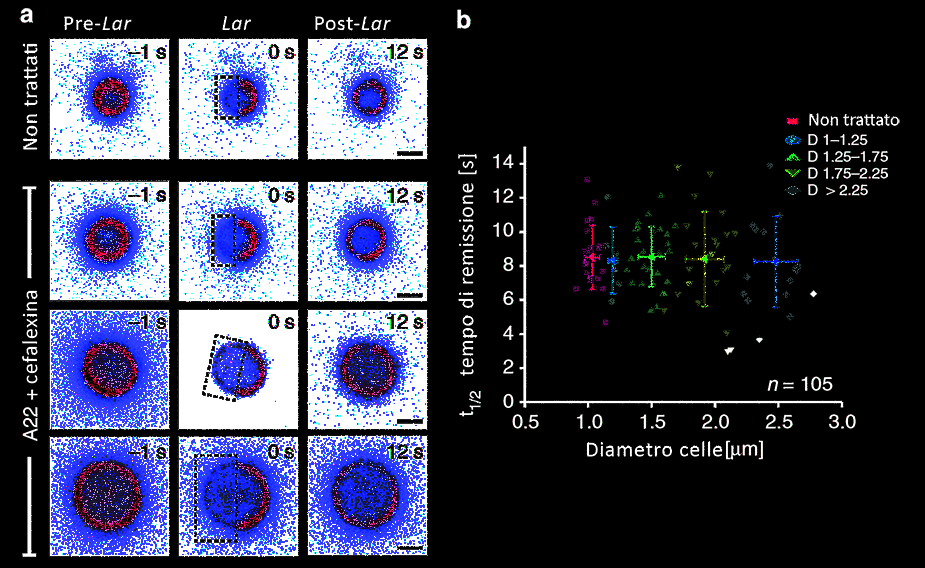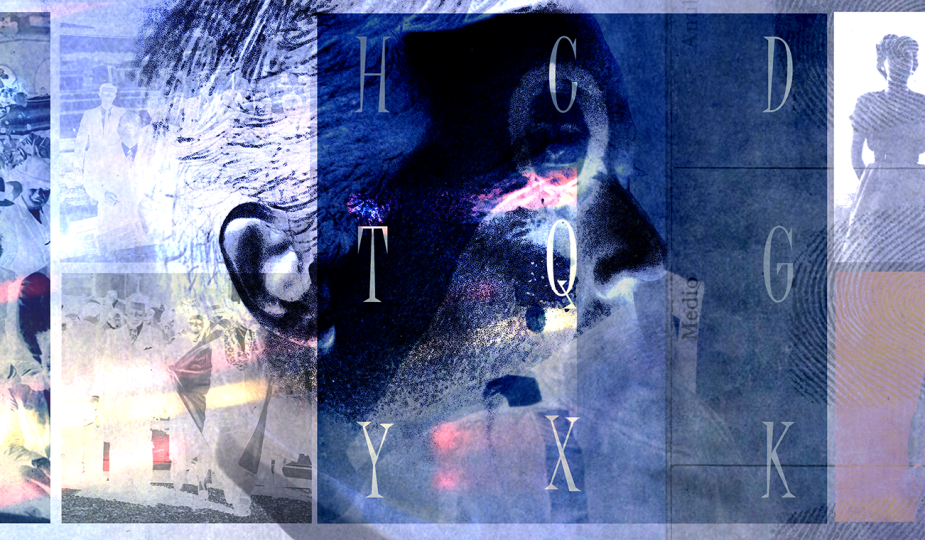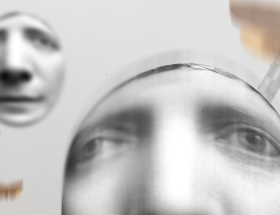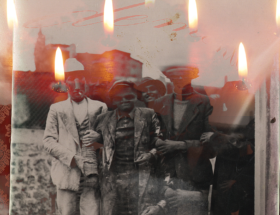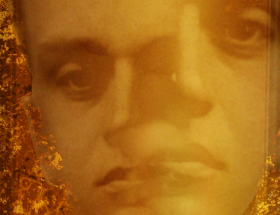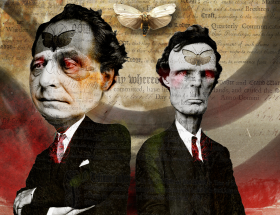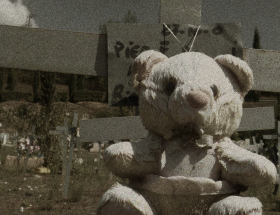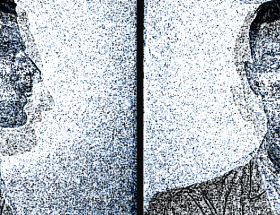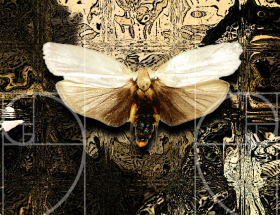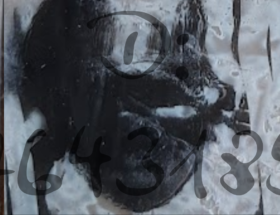Continuing in the verification of a possible solution, without prejudice to the worry of all those expectations that are still unfulfilled and that maximally nag at me, I must make some considerations in this regard clear.
Researching a possible natural art that transforms the dissonant experience of Paramnesie into beauty is no different from researching what lifestyles were by humans in the past called proprio-corporeal. Not therefore toward a single construct, summation of discrete units, but as an aggregate of perceptual islands harmoniously related to each other and to the atmosphericity of immanent pathos.
“the Art of Memories acquired will thus be that natural art which I shall treat here as a possible solution.”
It responds to a number of considerations. The first, that such foreign memories, objectively present, had to be emblematic experiences; for only the emblematic feeling can have fixed in the soul, which then became Lar, the narrative that primarily went on to form the relative recollection toward a thing, whatever it was.
The second is that such memories had to be woven between them in organic texture, sensitive witnesses of the sensitive and the spiritual, reverberating characters of the compound human being.
Where this Art most seems to allow dissonance to reach the condition of beautiful harmony is in the exchangeable arrangement of different memories in geographical maps where perceptual islands are placed, conceived in a relationship of harmonious reciprocity.
There in the maps it is made to converse with its aesthetic correspondences, oppositions, interlacements and combinations according to the natural talent of the symmetrical composition of memories. The fluctuation of reminiscence in the air effuses a mimic resonance which expresses ineffable solemn affection as it benefits with the beauty of harmony to the counter of an instability of absence.
To the lack of an elsewhere, considered latent desire in fieri, the Art of Recollections acquired possesses a singular quality of its own that maximally must not decay because its creations embrace all the senses.
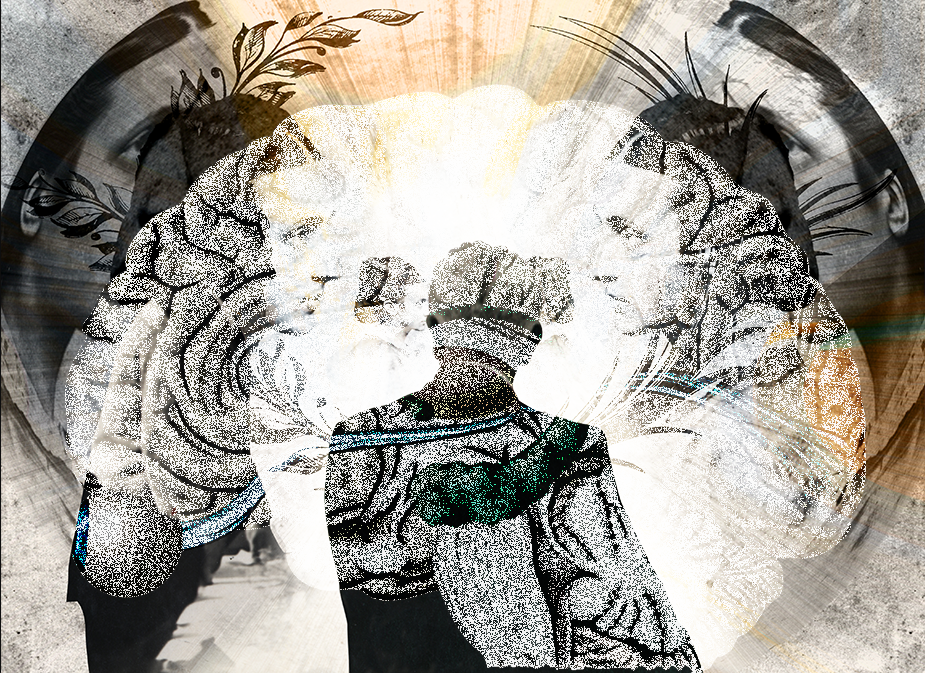
In touch, the softness of the soft and consoling shadows of the distant figures that crossed our imaginary path because assumed in the LAR, and become now, through the Art of Acquired Memories, possessed familiar memories, becomes clear.
The sight that benefits from colors and shapes where natural landscapes and majestic architecture narrate surfaces, volumes and spaces.
Hearing that of sighs, laughter, murmurs and songs vibrates in tune.
In taste runs swiftly the memory of that sacred banquet that flavor celebrated so that reason cannot exclude it from the acquired Memories.
More than any other sense goes digging into the depths of a remote past the smell that with its Art of evoked exhalations gives to animated memories exquisite delight and primary interpenetration.
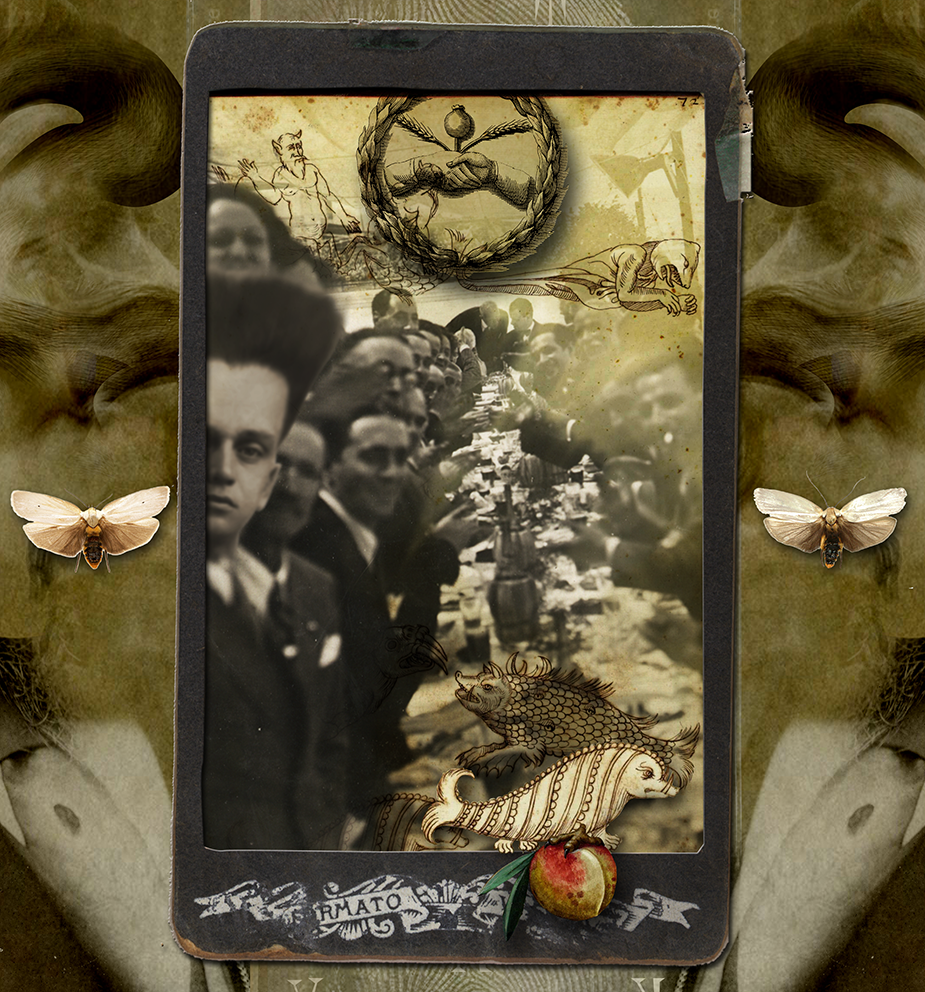
AMVP
During the process of remember splitting, a dynamic structure called AMVP (ad memoris vitam proxime) near the memory of life, performs the task of integrating the surplus in place. The process of surplus generation is given by one of the main proteins in the Z-loop, the first element of the cytoskeleton of prokaryotes to be identified as FtsZ. Under normal conditions, the task of the FtsZ protein is to operate in a manner necessary for cell division.
Lar overriding concurs via protease to degrade the FtsZ protein by generating a homologous stochastic function in the class of neurons that are “mobile” i.e., plastically disposed to re-aggregate based on memories as a congruent, relevant and supportive dataset.
FtsZ is degraded by the ATP-dependent bi-component protease ClpXP and split into two systemic structures.
Thus, two mutually independent, self-referent, active regions of memory operation emerge.
FtsZ results fundamental the process of cell division in bacteria, similarly the same, is used for the detection of the presence of Lar in its form of an external magnetic field B0. Field that induces electron circulation expressed in an additional magnetic field δB0 δB0 = -σ B 0 σ screen constant.
To determine whether FtsZ cleavage disposes and controls Z-ring assembly during division, we hypothesized the presence of a protean formation proceeding by full-length Gfp+FtsZ (2585) fusion in rememorative old-type and client-p original strains.
These results demonstrate that Client-p+XP is a regulator of Z-ring dynamics and that the regulation is proteolysis-dependent. Our results also show that proteiform formations interacting with FtsZ (2585) and Lar thus regulate and control Z-ring dynamics.
